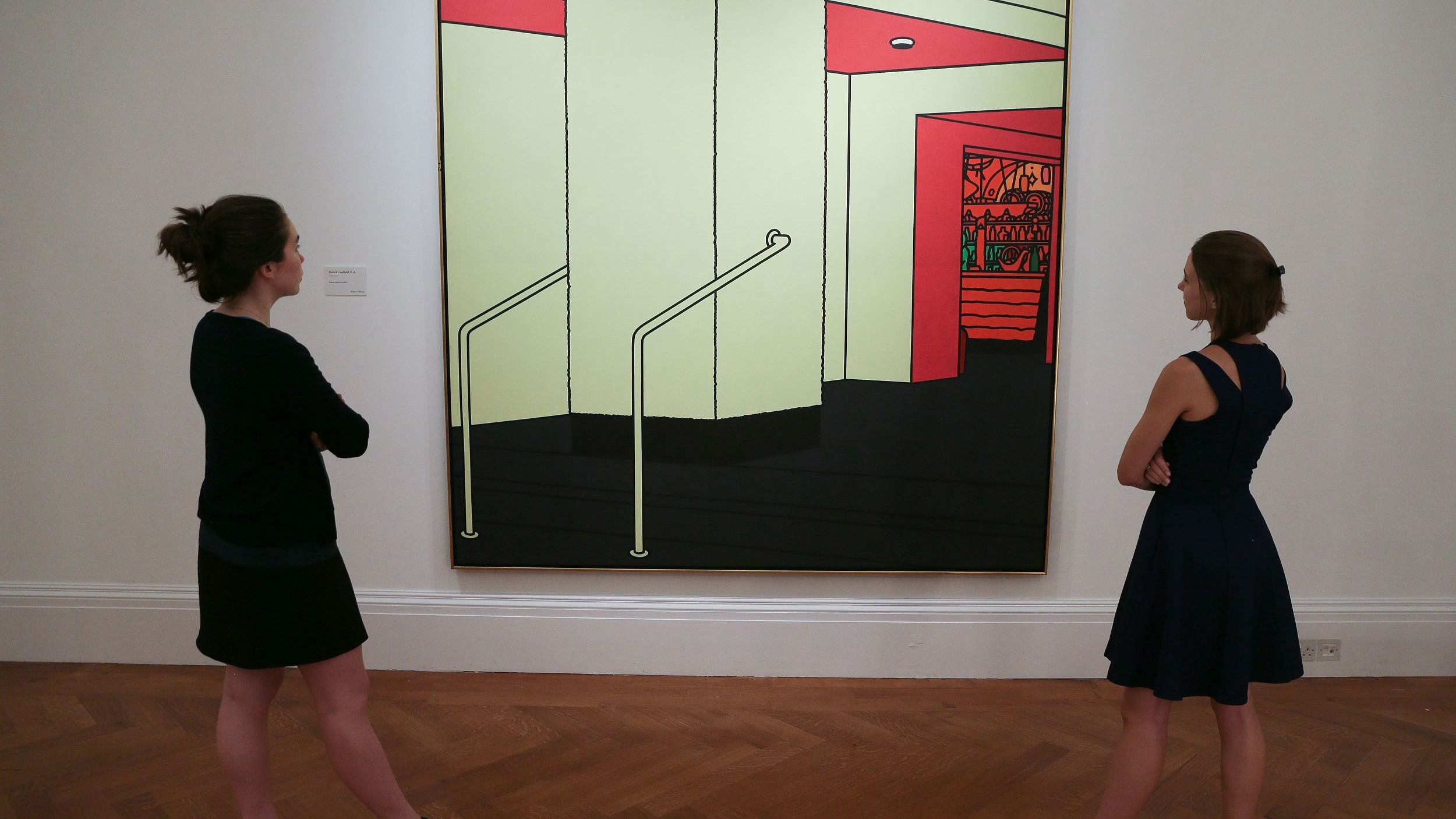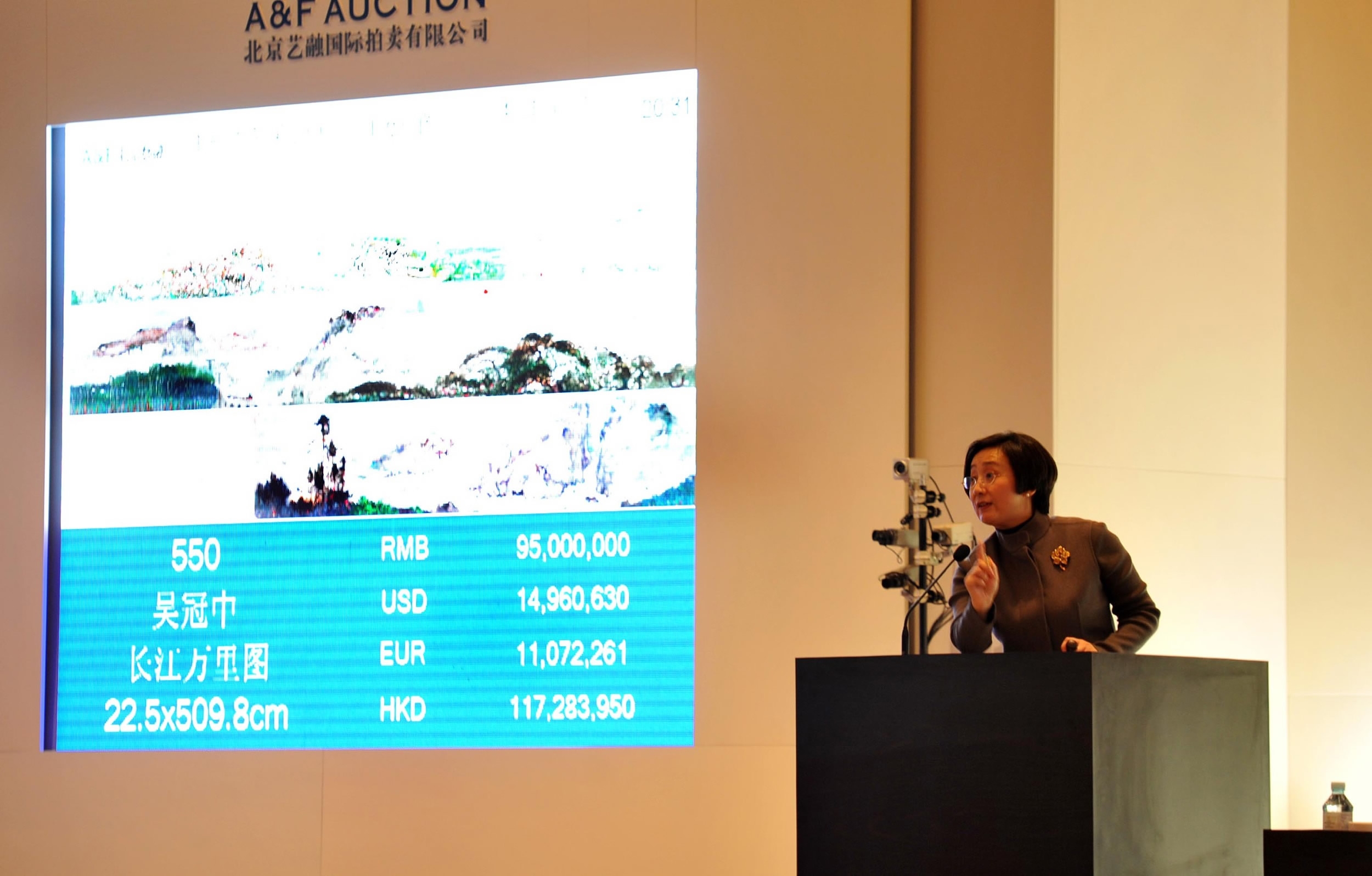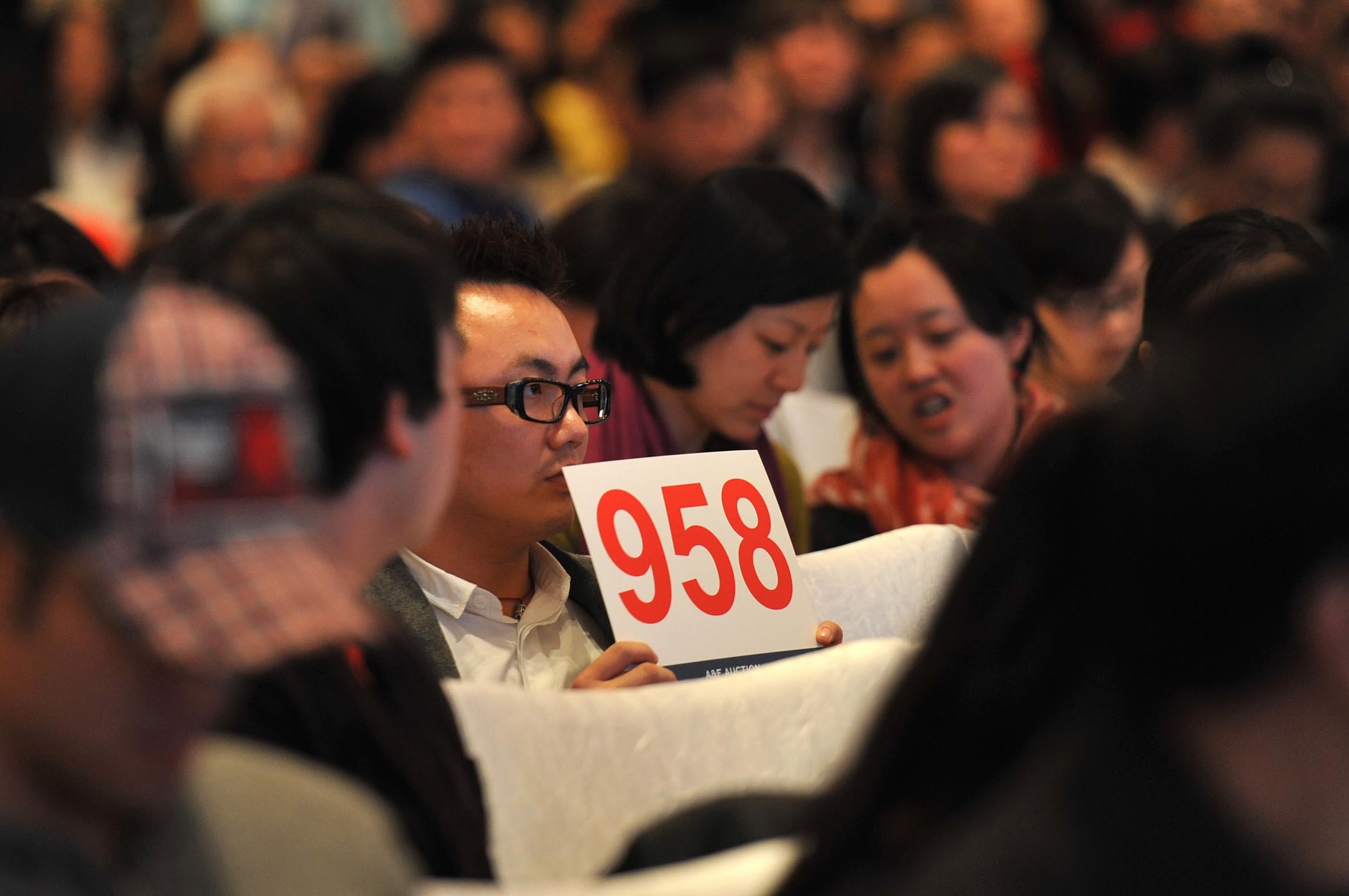
Culture & Sports
22:30, 06-Jul-2017
Chinese entrepreneurs splash out on art investments

China is famed for its intricate traditional artwork, but art is taking on a new meaning in the country for investors – its the latest booming asset class. The country became the world's largest market for art auctions last year, with sales totaling 6.33 billion US dollars.
Sluggish stock, property and precious metal markets meant some of the best investment channels in China lost their allure, drawing investors to a new avenue for their capital.
Art collection as an alternative asset has thrived recently. Using art mortgages for financing is also on the rise. In the last 15 years, plenty of first-tier Chinese entrepreneurs have joined the art collection industry.

Wu Guanzhong‘s art piece set a new auction record for Chinese oil painting. /VCG Photo
Wu Guanzhong‘s art piece set a new auction record for Chinese oil painting. /VCG Photo
China's art market is booming – along with the operation of asset allocation and wealth management in art.
Artwork is said to be the only asset allocation with long-term, stable and continuous appreciation. The wealthy now consider art as an important option of asset allocation.

Artwork auction on site. /VCG Photo
Artwork auction on site. /VCG Photo
The market is flooded with short-term speculative capital for the purpose of financial revenue.
But prospective buyers should be warned that only repeatedly trading artworks can reap major windfalls. The Veblen effect, which dictates that demand is proportional to the price of goods, is thought to provoke "show-off consumption" and drive up auction sales in the name of bragging rights.
Differing from financial assets, the scarcity, aesthetic attributes and irreplaceability of artworks make the price formation mechanism irregular. Meanwhile, the unique nature of art means a unified standard of value is impossible, and the risk of counterfeits is high.

SITEMAP
Copyright © 2018 CGTN. Beijing ICP prepared NO.16065310-3
Copyright © 2018 CGTN. Beijing ICP prepared NO.16065310-3